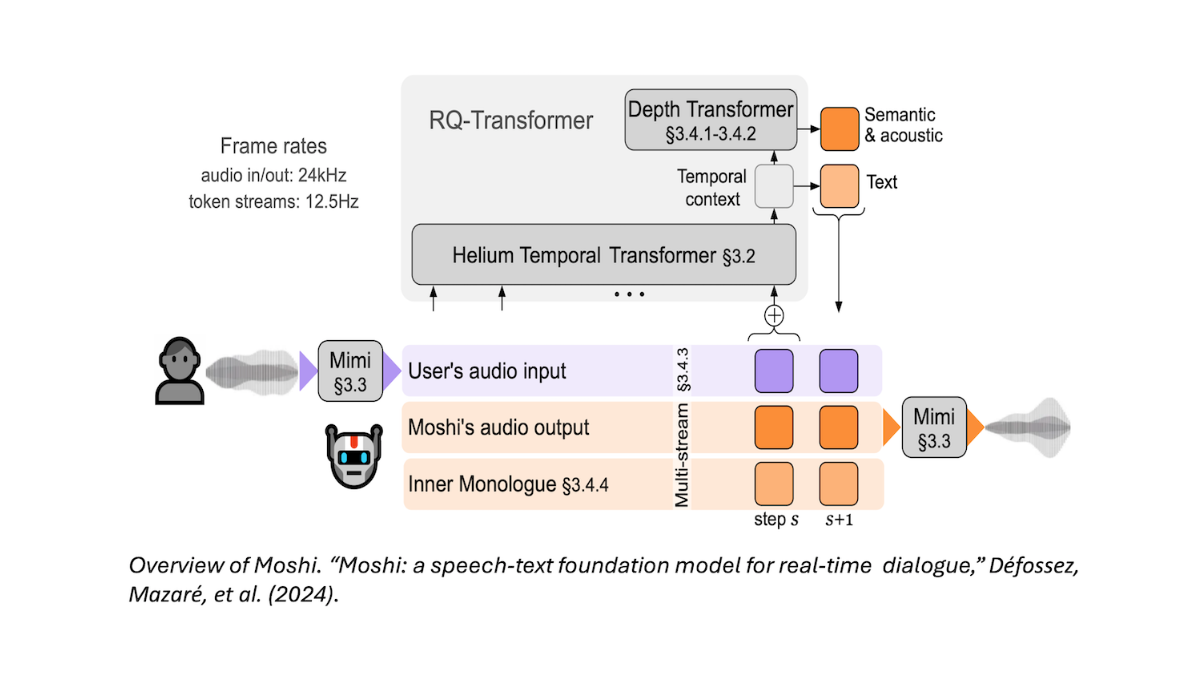This article announces the open-sourcing of the Qwen QwQ-32B inference model. The model performs well across multiple benchmarks. Its mathematical reasoning and coding proficiency are comparable to DeepSeek-R1, and it even surpasses DeepSeek-R1 in instruction following and tool usage. The model was optimized through two rounds of large-scale reinforcement learning, specifically targeting mathematical and programming tasks, as well as general capabilities. Furthermore, QwQ-32B integrates Agent-related capabilities, enabling critical thinking during tool use. It is now open-sourced on ModelScope and Hugging Face under the Apache 2.0 license, facilitating developer adoption and innovation.



